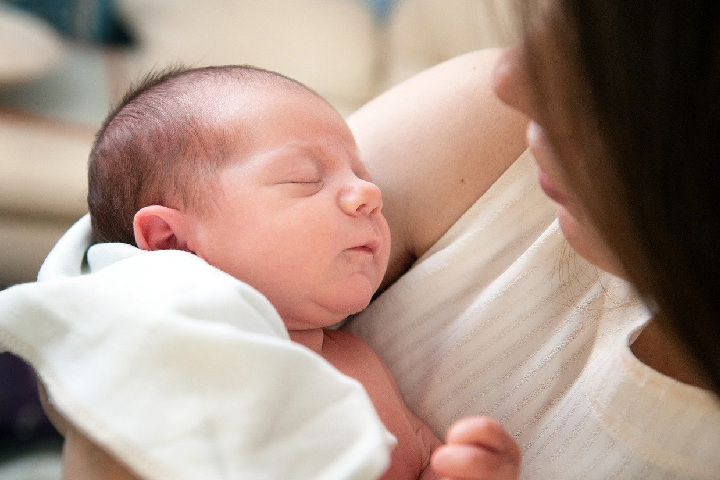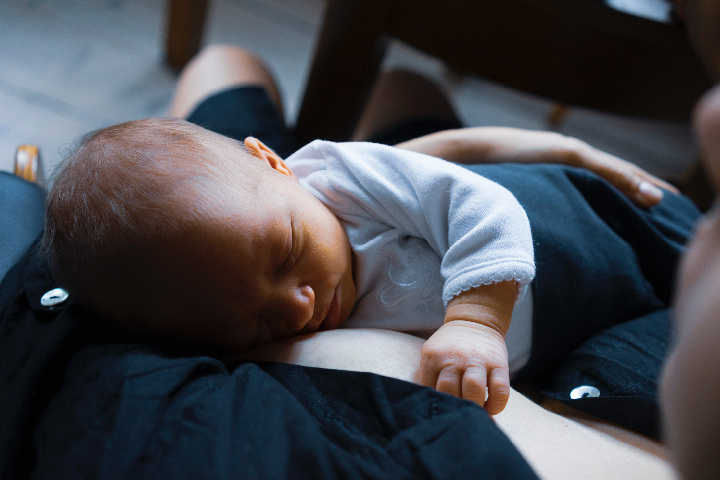Co-sleeping: Each family is different, and each one must decide how to spend the night and with whom, but the truth is that sleeping with the parents calm the baby and gives him more security.
During the day, we are aware of our child, and we take extreme security measures: we clean what can be put into the mouth, we look for safe seats, we buy toys adapted to his age.
But what to do at night? One of them is that our baby sleeps next to us in our bed. If it is the one we decide, we must follow some basic recommendations.
Sleeping With the Baby in the Same Bed
When you sleep, we cannot lower our guard either, and that is why the regulations regarding cribs are stringent:
- Varnishes must be suitable for babies.
- The distances between the bars must comply with the European standard.
- The mattresses cannot be very soft.
- The bed base must fit perfectly into the structure.
When it comes to co-sleeping, there are also safety regulations. In the same way that we ask for some minimum requirements for cots, for a child to sleep with their parents, certain conditions must also be met.
Basic Safety Recommendations
In this sense, a firm mattress with sheets and protectors without tapes that the baby can get entangled with and healthy parents (free of drugs, alcohol, and without morbid obesity) is enough.
Also, Don’t Forget
Table of Contents
1. No Tobacco
If the parents are smokers, co-sleeping is discouraged when the baby is small. It is not convenient for a baby to live with heavy smokers or in loaded environments.
In older children, if one of the parents is a smoker, the child will surely breathe more from being in contact with him during the day than that which may come from his nighttime breathing.
2. All Comfortable

Sofas and soft mattresses are especially contraindicated for a baby to sleep, both alone and with others.
The baby has to sleep on a firm mattress, with sheets without tapes with which it can become entangled and together with healthy parents.
Each family is different, and each one must decide how they want to sleep and with whom. In general, the best way to relax is one in which everyone in the family feels good.
If it is not possible, we should prioritize the little ones, the sick, and the weakest. That is why there are beds for companions in hospitals: so that the ill person feels at ease, even if the person accompanying them does not sleep particularly well.
3. When to Start
Co-sleeping can start practised since the child is born whenever indicated precautions are followed.
The most recent studies and indications from the American Academy of Pediatrics and Pediatrics warn about the importance of mother and baby not being separated from the moment of birth.
4. Until When to Do It
Every healthy child, one day or another, will leave their parents’ bed, but that moment is different in each subject.

There are societies in which houses have only one room and, until they leave home, children sleep with their parents (curiously, children leave the family home much earlier than ours and marry earlier).
5. Suitable Age
Statistics confirm that in those cases in which parents do not mind sleeping with their children until they go freely to the room they are destined for, they prefer to sleep with their parents until they are three or four years old in a healthy way and up to five sporadically some night who have nightmares or are sick.
6. Progressive Adaptation
In the same way that many times, we change them from the bassinet to the crib, and from this to the bed, a child can also be transferred from his parents’ bed to another (or to another room). The only premise is to do it gradually, trying to assimilate it calmly.
Some children get used to sleeping alone very quickly. In that case, the change can be advanced when the parents want.

